A Spicy Journey Through the Mexican Food List A-Z: From Tacos to Tamales
Table of Contents
Introduction
When it comes to flavor, nothing quite compares to the bold, vibrant world of Mexican cuisine. From the smoky depth of chipotle to the bright tang of lime, every bite is a celebration of spice and tradition. Whether you're a seasoned chef or a home cook with a passion for global flavors, this article is your ultimate guide to the mexican food list a-z. We'll take you through the most iconic dishes, explain how spices shape their identity, and give you practical tips to bring that authentic taste into your kitchen.

Spice Basics in Mexican Cuisine
Mexican cooking is all about balance—heat, acidity, sweetness, and umami come together in perfect harmony. But at the heart of it all are the spices. Let's break down the key players:
- Ancho Chili: Sweet and smoky, often used in moles and salsas.
- Poblano: Mild and slightly sweet, great for stuffing or roasting.
- Jalapeño: A classic green chili that adds just the right amount of heat.
- Chipotle: Smoked jalapeños that add a deep, smoky kick.
- Cumin: A staple in many Mexican dishes, giving that warm, earthy flavor.
- Oregano: Used in salsas, stews, and marinades for its aromatic quality.
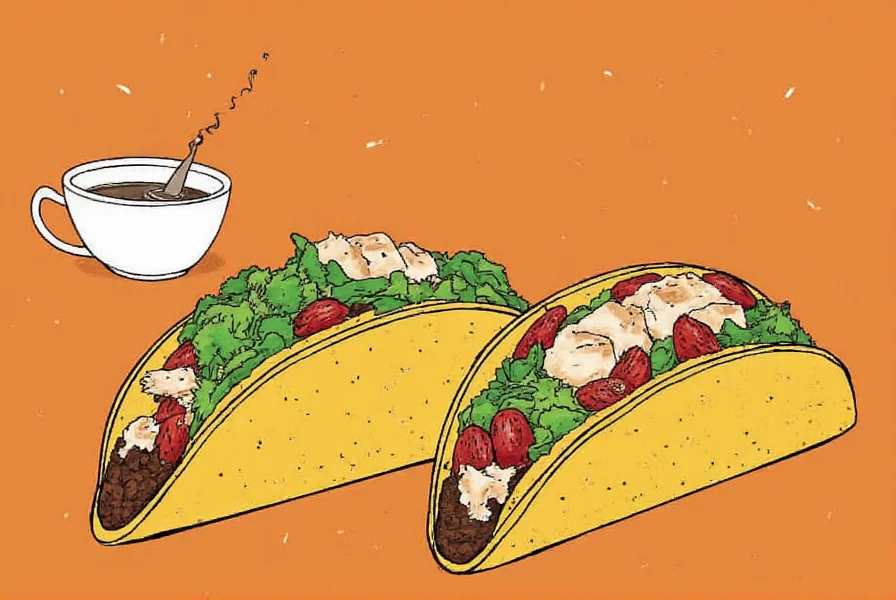
Mexican Food List A-Z
Now that we’ve covered the basics, let’s dive into the mexican food list a-z, from A to Z. Each dish has its own unique flavor profile and cultural significance:
| Dish | Description | Key Spices |
|---|---|---|
| Aguacate | Avocado, often used in guacamole and salads. | No specific spices, but often paired with lime and cilantro. |
| Albondigas | Meatballs in a tomato-based sauce, typically made with ground beef or pork. | Cumin, garlic, oregano, and paprika. |
| Arroz Rojo | Red rice, usually cooked with tomatoes, onions, and sometimes shrimp or chicken. | Saffron, garlic, cumin, and paprika. |
| Birria | A traditional stew made with goat or beef, often served with tortillas. | Cumin, garlic, oregano, and dried chilies. |
| Chiles Rellenos | Stuffed peppers filled with cheese, meat, or vegetables, then battered and fried. | Garlic, cumin, and a touch of chili powder. |
| Enchiladas | Tortillas rolled with fillings like chicken, cheese, or beans, then covered in sauce. | Tomato sauce with cumin, garlic, and chili powder. |
| Fajitas | Grilled meat or vegetables served with warm tortillas and toppings. | Chili powder, cumin, garlic, and onion powder. |
| Gorditas | Thick, round corn cakes filled with various ingredients. | Garlic, salt, and sometimes chili powder. |
| Huevos Rancheros | Scrambled eggs on top of tortillas with a tomato-chili sauce. | Tomato sauce with cumin, garlic, and chili powder. |
| Iskiate | A traditional soup from Oaxaca, made with pumpkin seeds, tomatoes, and chili. | Tomatoes, chili, garlic, and oregano. |
| Jamon | Ham, often served with bread, cheese, or in sandwiches. | No specific spices, but commonly paired with citrus or herbs. |
| Kabocha | Japanese squash, not traditionally Mexican, but sometimes used in fusion dishes. | Garlic, cumin, and a hint of chili. |
| Lengua | Beef tongue, often braised and served with salsa or avocado. | Garlic, cumin, and oregano. |
| Macarrones | Macaroni, often mixed with cheese, tomatoes, and sometimes meat. | Cumin, garlic, and chili powder. |
| Nachos | Crispy tortilla chips topped with cheese, salsa, and other toppings. | Chili powder, cumin, and garlic powder. |
| Ocotillo | A desert plant used in some regional recipes, less common in everyday cooking. | Usually used for decorative purposes or in herbal infusions. |
| Pozole | A hearty soup with pork, hominy, and a variety of toppings. | Cumin, garlic, oregano, and chili powder. |
| Quesadillas | Tortillas stuffed with cheese, meat, or vegetables and grilled. | Garlic, cumin, and sometimes chili powder. |
| Rajas | Strips of roasted poblano peppers, often used in tacos or enchiladas. | Garlic, cumin, and oregano. |
| Salsa | A wide variety of tomato-based sauces, ranging from mild to extremely spicy. | Tomatoes, chili, garlic, and oregano. |
| Tacos | Soft or hard-shell wraps filled with various meats, beans, and toppings. | Chili powder, cumin, garlic, and lime. |
| Uvula | The uvula is not a food, but it’s a fun anatomical curiosity for trivia lovers. | None. |
| Variados | A mix of different foods, often served as a street-style meal. | Varies by region, but often includes chili, garlic, and cumin. |
| Xocolatl | A traditional chocolate drink, once consumed by the Aztecs. | Cinnamon, chili, and vanilla. |
| Yogurt | Used in some Mexican desserts or as a cooling agent in spicy dishes. | Often paired with mint or citrus. |
| Zapallo | A type of squash used in soups and stews, especially in northern Mexico. | Garlic, cumin, and chili powder. |
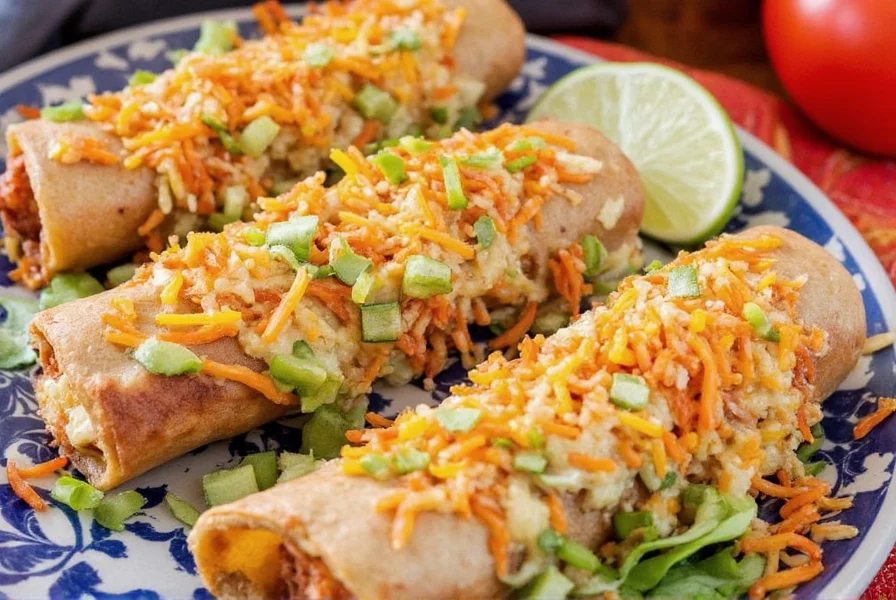
Practical Tips for Cooking with Spices
Spices can make or break a dish, so here are some tips to help you get the most out of them:
- Toast Your Spices: To release their full aroma, toast whole spices like cumin or coriander before grinding them.
- Use Fresh Ingredients: Fresh herbs and chilies will always provide better flavor than dried or canned alternatives.
- Balance Heat and Flavor: If your dish is too spicy, try adding a bit of dairy (like yogurt or sour cream) to tone it down.
- Experiment with Combinations: Don’t be afraid to mix and match spices—sometimes unexpected pairings lead to amazing results.
- Store Spices Properly: Keep them in a cool, dark place to maintain their potency. Avoid storing them near heat sources or moisture.
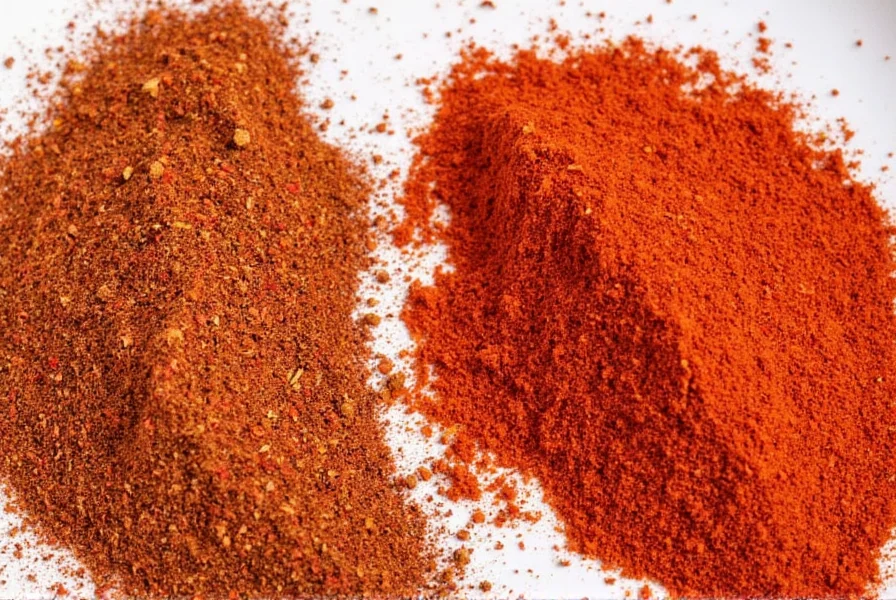
Buying Guide: Essential Spices and Tools
If you're serious about making authentic Mexican food, having the right spices and tools is essential. Here's a quick guide to what you need:
Spices to Stock Up On
- Ancho Chile Powder: Adds a rich, smoky flavor to salsas and stews.
- Cumin: A must-have for any Mexican kitchen—use it in everything from tacos to rice.
- Oregano: Best when fresh, but dried oregano works well in salsas and bean dishes.
- Chili Powder: A blend of ground chilies and spices, great for seasoning meats or adding heat to dishes.
- Garlic Powder: Adds a subtle, savory depth without the strong garlic scent.
Tools You’ll Need
- Blender or Food Processor: For making smooth salsas, moles, and sauces.
- Cast Iron Skillet: Perfect for searing meats and creating a crispy crust.
- Grill: Ideal for cooking fajitas, kebabs, and other grilled favorites.
- Slow Cooker or Dutch Oven: Great for slow-cooked dishes like birria or pozole.
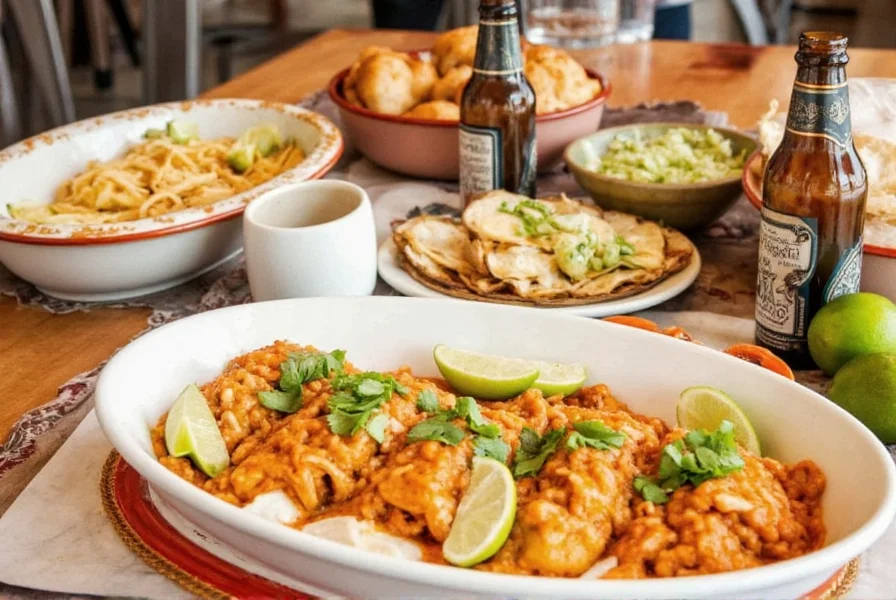
Conclusion
From the smoky depths of mole to the bright crunch of a fresh taco, the mexican food list a-z offers an incredible range of flavors and textures that reflect the country’s rich culinary heritage. By understanding the role of spices and experimenting with traditional dishes, you can bring the essence of Mexico into your own kitchen. Whether you're a seasoned pro or just starting out, there's always something new to discover in the world of Mexican cuisine.
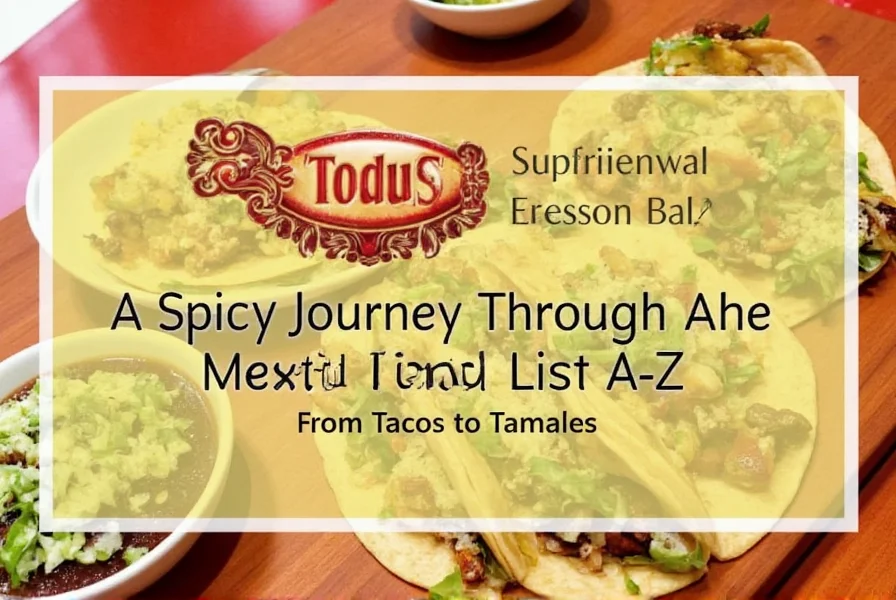

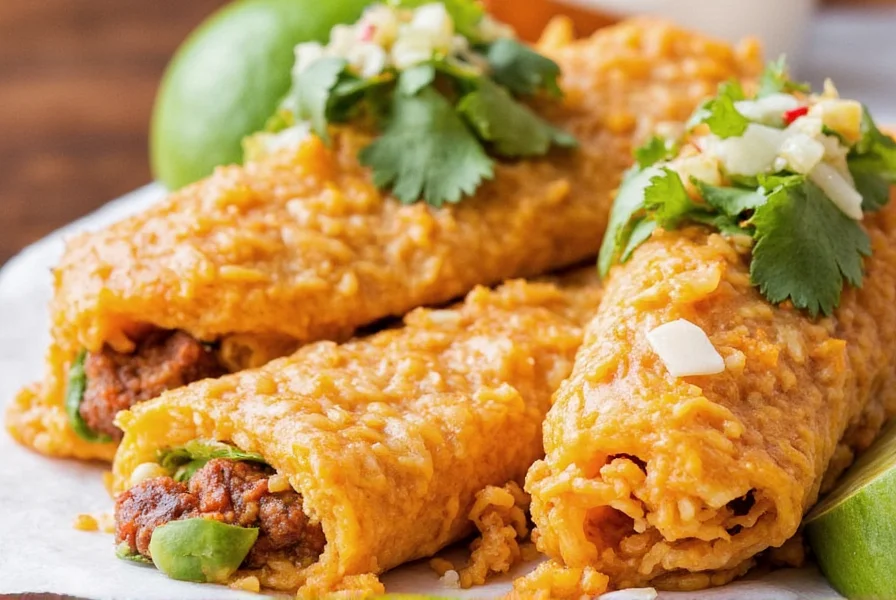









 浙公网安备
33010002000092号
浙公网安备
33010002000092号 浙B2-20120091-4
浙B2-20120091-4